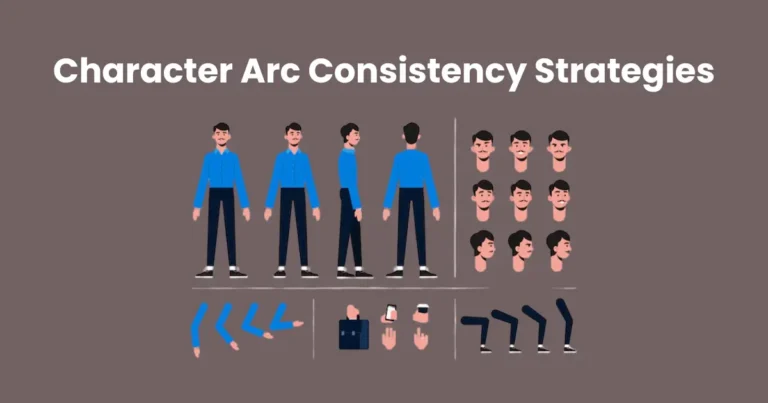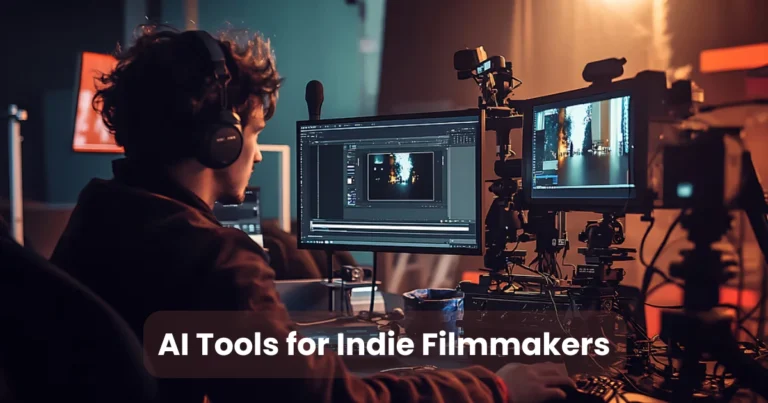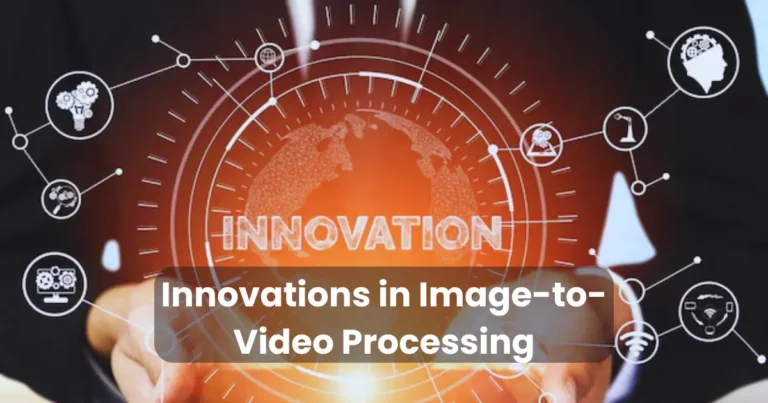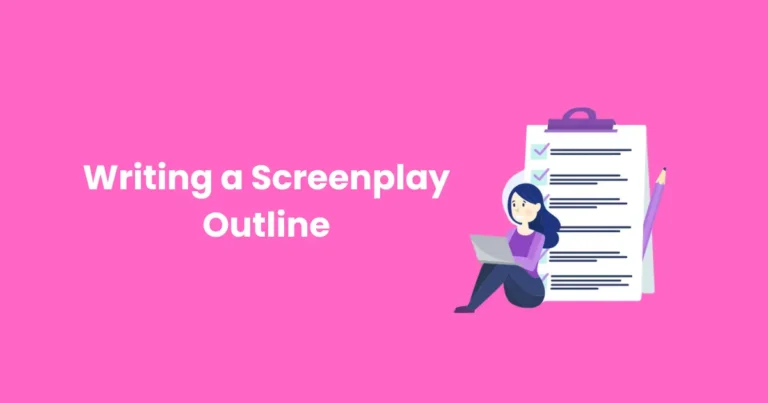Scaling User-Generated Content with AI: Strategies for Growth

Contents
- 1 What is User-Generated Content (UGC)?
- 2 Why Scaling UGC Matters in 2025
- 3 How AI Transforms UGC Scaling
- 4 Strategies for Scaling UGC with AI
- 5 Tools for Scaling UGC with AI
- 6 Challenges of Scaling UGC with AI
- 7 Best Practices for Scaling UGC with AI
- 8 Case Studies: Brands Scaling UGC with AI
- 9 The Future of Scaling UGC with AI
In today’s fast-paced digital landscape, scaling UGC with AI is revolutionizing how brands connect with their audiences. User-generated content (UGC) has become a cornerstone of authentic marketing, fostering trust and engagement. However, managing and expanding UGC at scale can overwhelm traditional workflows. Fortunately, artificial intelligence (AI) offers innovative solutions to streamline content creation, moderation, and distribution while maximizing impact. By leveraging AI, businesses can efficiently harness UGC to build stronger communities, enhance brand loyalty, and drive measurable growth. This article explores practical strategies, tools, and case studies to help you scale UGC effectively using AI in 2025.
What is User-Generated Content (UGC)?
User-generated content refers to any form of content—text, images, videos, or reviews—created by consumers rather than brands. Think of Instagram posts showcasing a product, TikTok challenges inspired by a campaign, or customer reviews on e-commerce platforms. UGC is powerful because it’s authentic, relatable, and trusted by 79% of consumers, according to a 2024 Stackla report. However, as brands grow, manually curating and managing this content becomes a bottleneck. This is where AI steps in, enabling businesses to scale UGC with precision and efficiency.
Why Scaling UGC Matters in 2025
The demand for authentic content is at an all-time high. Consumers crave real stories from real people, not polished corporate ads. Scaling UGC allows brands to:
- Build Trust: UGC is perceived as 2.4 times more authentic than brand-created content (Nielsen, 2024).
- Boost Engagement: Posts with UGC see 28% higher engagement rates on social media (Hootsuite, 2024).
- Drive Conversions: 64% of consumers are more likely to purchase after seeing UGC (Bazaarvoice, 2024).
- Expand Reach: UGC amplifies brand visibility through organic sharing and community participation.
However, scaling UGC manually is time-consuming and resource-intensive. AI addresses these challenges by automating repetitive tasks, analyzing data, and personalizing content delivery.
How AI Transforms UGC Scaling
AI technologies, such as machine learning, natural language processing (NLP), and computer vision, empower brands to manage UGC at scale. Here’s how AI revolutionizes the process:

1. Content Discovery and Curation
Finding relevant UGC across platforms like Instagram, TikTok, or X is a daunting task. AI-powered tools like Brandwatch or Sprout Social use advanced algorithms to scan social media for brand mentions, hashtags, or keywords. These tools:
- Identify high-quality UGC in real time.
- Filter content based on sentiment, relevance, or engagement metrics.
- Suggest content that aligns with your brand’s aesthetic or campaign goals.
For example, an AI tool can detect a viral TikTok video featuring your product and flag it for reposting, saving hours of manual searching.
2. Automated Moderation
Not all UGC is brand-safe. Inappropriate or off-brand content can harm your reputation. AI-driven moderation tools, such as those offered by Hive or Clarifai, analyze text, images, and videos to:
- Detect offensive language, nudity, or copyrighted material.
- Ensure compliance with platform guidelines and brand values.
- Approve or reject content in seconds, reducing moderation time by up to 90%.
This allows brands to scale UGC without compromising quality or safety.
3. Personalization at Scale
AI enables hyper-personalized UGC campaigns by analyzing user data, preferences, and behavior. Tools like Dynamic Yield or Adobe Experience Cloud use AI to:
- Segment audiences based on demographics, interests, or purchase history.
- Recommend UGC that resonates with specific user groups.
- Deliver tailored content across email, social media, or websites.
For instance, a beauty brand can use AI to show skincare UGC to users interested in wellness, while displaying makeup tutorials to cosmetic enthusiasts.
4. Content Creation and Enhancement
AI doesn’t just curate—it creates. Tools like Canva’s AI design features or Lumen5’s video generator transform raw UGC into polished assets. These platforms:
- Auto-generate captions, hashtags, or descriptions for UGC.
- Enhance image or video quality with filters, overlays, or branding.
- Create short-form videos from static UGC, perfect for Reels or Stories.
By automating these tasks, brands can repurpose UGC for multiple channels without manual effort.
5. Performance Analytics
Measuring UGC performance is critical for optimization. AI-powered analytics tools like Sprinklr or Google Analytics 4 provide insights into:
- Engagement metrics (likes, shares, comments).
- Conversion rates driven by UGC campaigns.
- Audience sentiment and brand perception.
These insights help brands refine their UGC strategies, ensuring maximum ROI.
Strategies for Scaling UGC with AI
To effectively scale UGC with AI, brands must adopt a strategic approach. Here are five actionable strategies to implement in 2025:

1. Leverage AI-Powered Hashtag Campaigns
Hashtag campaigns encourage users to create and share UGC. AI tools can amplify these campaigns by:
- Generating trending or niche hashtags using tools like RiteTag.
- Tracking campaign performance across platforms in real time.
- Identifying top-performing UGC for amplification.
Case Study: Coca-Cola’s #ShareACoke campaign used AI to monitor hashtag usage across 50 countries, curating over 500,000 pieces of UGC in real time. This led to a 7% increase in global brand engagement.
2. Automate Content Permissions
Securing permission to use UGC is legally and ethically essential. AI streamlines this process by:
- Sending automated permission requests via DM or email.
- Tracking consent status and storing agreements securely.
- Integrating with platforms like TINT or Stackla for seamless workflows.
This ensures compliance while scaling UGC efficiently.
3. Integrate AI with E-Commerce
UGC drives conversions when integrated into e-commerce platforms. AI tools like Yotpo or Bazaarvoice:
- Display UGC (reviews, photos, videos) on product pages.
- Recommend products based on UGC interactions.
- Personalize shopping experiences using predictive analytics.
For example, fashion retailer ASOS uses AI to showcase customer photos on product pages, boosting conversions by 15%.
4. Use AI for Real-Time Engagement
Engaging with UGC creators in real time builds community loyalty. AI chatbots and social listening tools:
- Respond to UGC posts with personalized comments or likes.
- Invite creators to collaborate on future campaigns.
- Detect and address negative sentiment instantly.
This fosters a sense of belonging, encouraging more users to contribute UGC.
5. Optimize UGC for Multi-Channel Distribution
AI enables brands to repurpose UGC across platforms without manual reformatting. Tools like Hootsuite Amplify or Later:
- Resize images or videos for platform-specific requirements.
- Schedule UGC posts for optimal engagement times.
- Distribute content across Instagram, TikTok, X, and more.
This ensures consistent brand presence while maximizing reach.
Tools for Scaling UGC with AI
Several AI-powered tools can help brands scale UGC efficiently. Here are some top picks for 2025:

- Brandwatch: Real-time social listening and UGC discovery.
- Hive: Advanced content moderation for text, images, and videos.
- TINT: UGC curation, permissions, and integration with e-commerce.
- Lumen5: AI-driven video creation from UGC assets.
- Yotpo: UGC integration for reviews and e-commerce.
Each tool offers unique features to streamline specific aspects of UGC management, from discovery to analytics.
Challenges of Scaling UGC with AI
While AI is a game-changer, it’s not without challenges. Brands must navigate:
- Data Privacy: Ensure compliance with GDPR, CCPA, and other regulations when collecting UGC.
- Bias in AI: Algorithms may misinterpret cultural nuances or favor certain demographics.
- Over-Automation: Relying too heavily on AI can make campaigns feel impersonal.
To overcome these, brands should combine AI with human oversight, regularly audit algorithms, and prioritize transparent data practices.
Best Practices for Scaling UGC with AI
To maximize success, follow these best practices:
- Set Clear Goals: Define whether you want to boost engagement, conversions, or brand awareness.
- Choose the Right Tools: Select AI platforms that align with your budget and goals.
- Maintain Authenticity: Use AI to enhance, not replace, the human element of UGC.
- Monitor Performance: Continuously track metrics and adjust strategies accordingly.
- Engage Your Community: Acknowledge and reward UGC creators to foster loyalty.
Case Studies: Brands Scaling UGC with AI

1. Glossier
Beauty brand Glossier uses AI to scale UGC across Instagram and its website. By integrating Yotpo’s AI-driven platform, Glossier curates customer photos and reviews, displaying them on product pages. This strategy increased conversions by 20% and reduced moderation time by 60%.
2. GoPro
GoPro’s #GoProChallenge encourages users to share adventure videos. AI tools analyze thousands of submissions daily, selecting high-quality content for campaigns. This led to a 12% increase in social media engagement and a 5% boost in sales.
3. Airbnb
Airbnb leverages AI to curate guest photos and stories for its “Experiences” platform. By automating content discovery and moderation, Airbnb scaled UGC to showcase unique stays, resulting in a 10% increase in bookings.
The Future of Scaling UGC with AI
As AI technology evolves, its role in scaling UGC will expand. Emerging trends include:

- Generative AI: Tools like DALL·E 3 or MidJourney will create UGC-inspired visuals for campaigns.
- Voice-Activated UGC: AI voice assistants will enable users to submit content via voice commands.
- Predictive Analytics: AI will forecast UGC trends, helping brands stay ahead of the curve.
By staying updated on these advancements, brands can future-proof their UGC strategies.
Conclusion
Scaling user-generated content with AI is no longer optional—it’s a necessity for brands aiming to thrive in 2025. AI streamlines content discovery, moderation, personalization, and analytics, enabling businesses to harness the power of UGC at scale. By adopting the right tools, strategies, and best practices, brands can boost engagement, build trust, and drive conversions. Start exploring AI-powered UGC solutions today to unlock your brand’s full potential.






